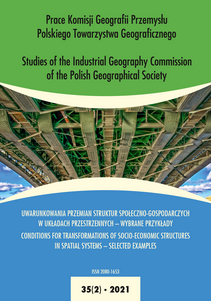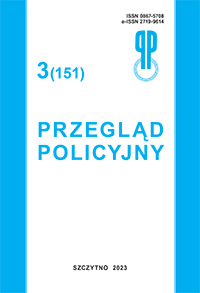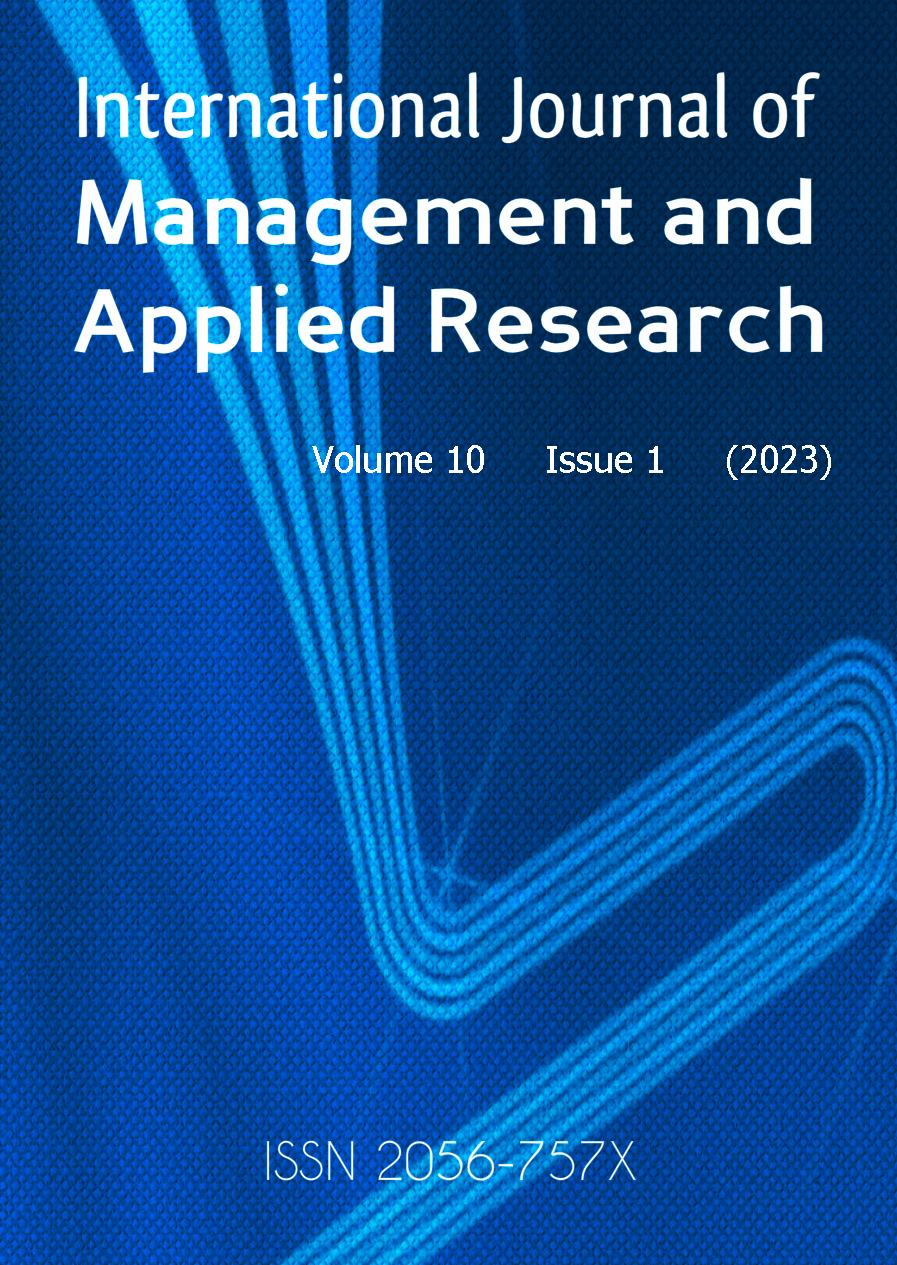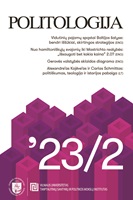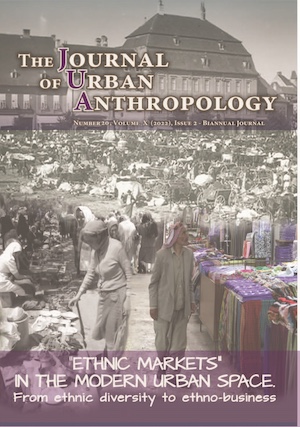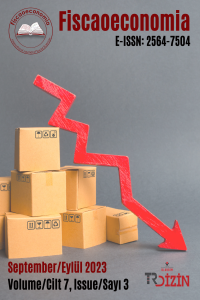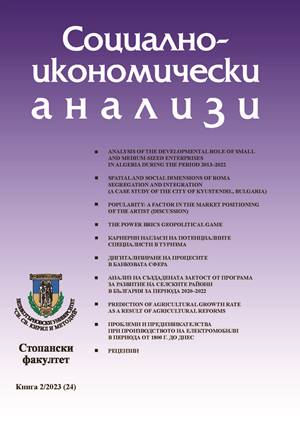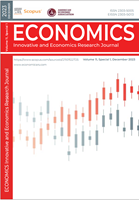Author(s): Roman Stonozhenko,Ilona Androshchuk / Language(s): Ukrainian
Issue: 9 (42)/2023
The paper is devoted to the importance of the agricultural sector for the development of the economies of the countries of the world. The role of agrarian enterprises in filling the country's GDP is determined, for example, in the GDP of Ukraine, the share of agriculture in the structure of GDP was 7-8% in 2010-2012 and 9- 10% in 2020-2021. The key problems of the agrarian sector of the economy of Ukraine are considered, among which the following are highlighted: loss of production potential of land areas, labor shortage, insufficient demand, unfavorable weather conditions. The state of mined territory of Ukraine is given. It was determined that the most mined territories are located in the South and East of Ukraine, a large part of which is currently occupied and cannot be demined. It was established that a significant problem is the destruction of infrastructure facilities of the agro-industrial complex of Ukraine due to the constant shelling, as a result of which a significant number of granaries, warehouses, factories were destroyed, supply logistics were disrupted, in particular, before the full-scale invasion, about 90% of grain and oil crops were exported by sea, whereas now the routes have been changed to rail and road, which not only increases the cost but also limits the number of deliveries. In the paper a change in the structure of employees in the field of plant and animal husbandry during recent years was showed, in particular, a decrease in their number in connection with the comprehensive mobilization of the population and migration processes. The results of surveys of 702 enterprises throughout the territory of Ukraine regarding the prospects for positive changes in the activity of the country's agrarian sector are presented. As a result, expectations have a pessimistic forecast in terms of changes in the volume of produced products, the volume of products sold on foreign markets (within and outside the EU), stocks of products suitable for sale, prices of products and the number of employees for both crop and animal husbandry in general. A set of measures is proposed, among them the following: to adapt Ukraine's agricultural policy to EU standards; to provide financing, as well as comprehensive assistance to the livestock sector, as the most affected and backward sector of the agrarian economy of Ukraine; introduction of modern methods of management of agricultural enterprises, focusing on the experience of the Western colleagues in overcoming crisis situations; continuation of the "grain agreement" as one of the main ways of exporting grain raw materials abroad; provision of mineral fertilizers, as well as the necessary agricultural machinery of low-income farmers; the application of a number of measures to overcome the existing problems should stimulate the financial flow to the agricultural sector, create conditions for the development of a completely new stage of the agrarian policy of Ukraine.
More...
